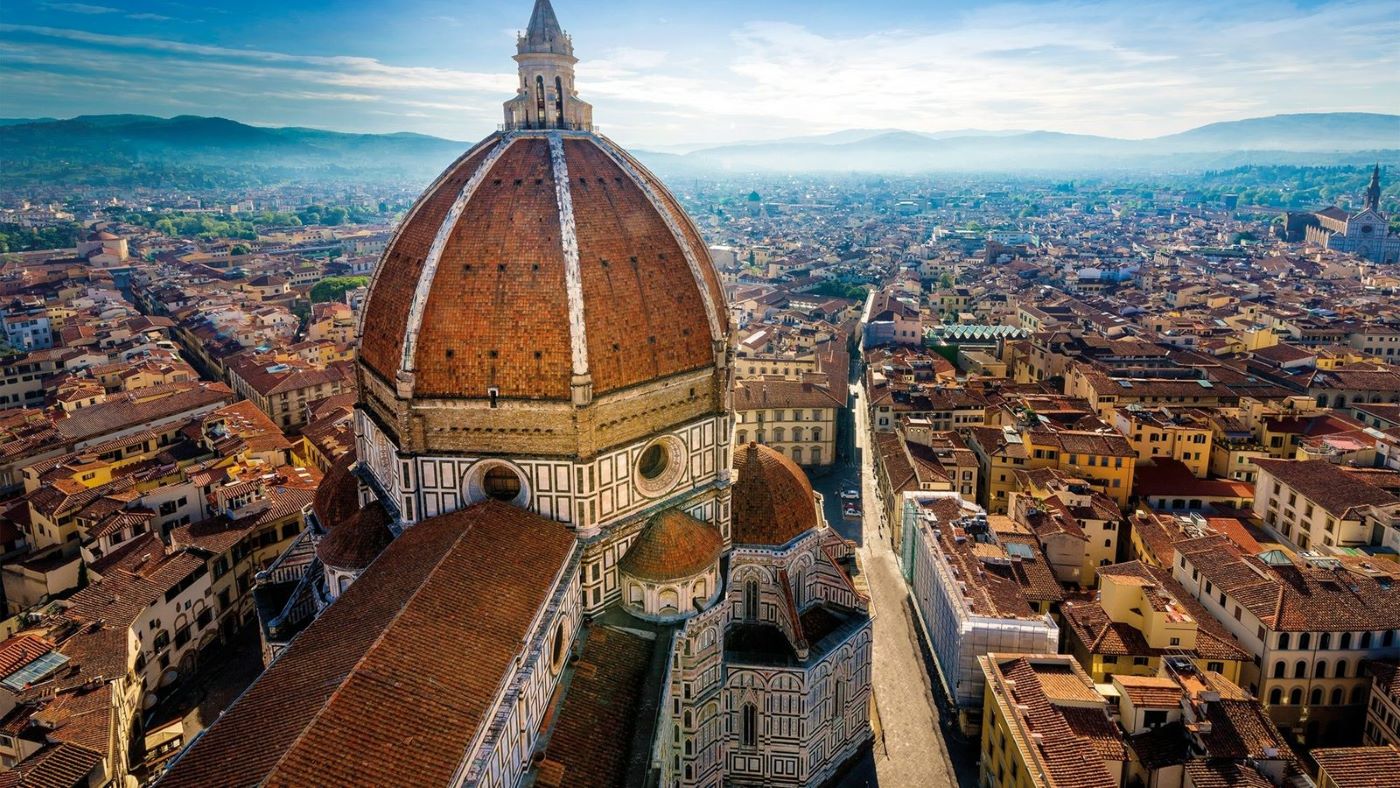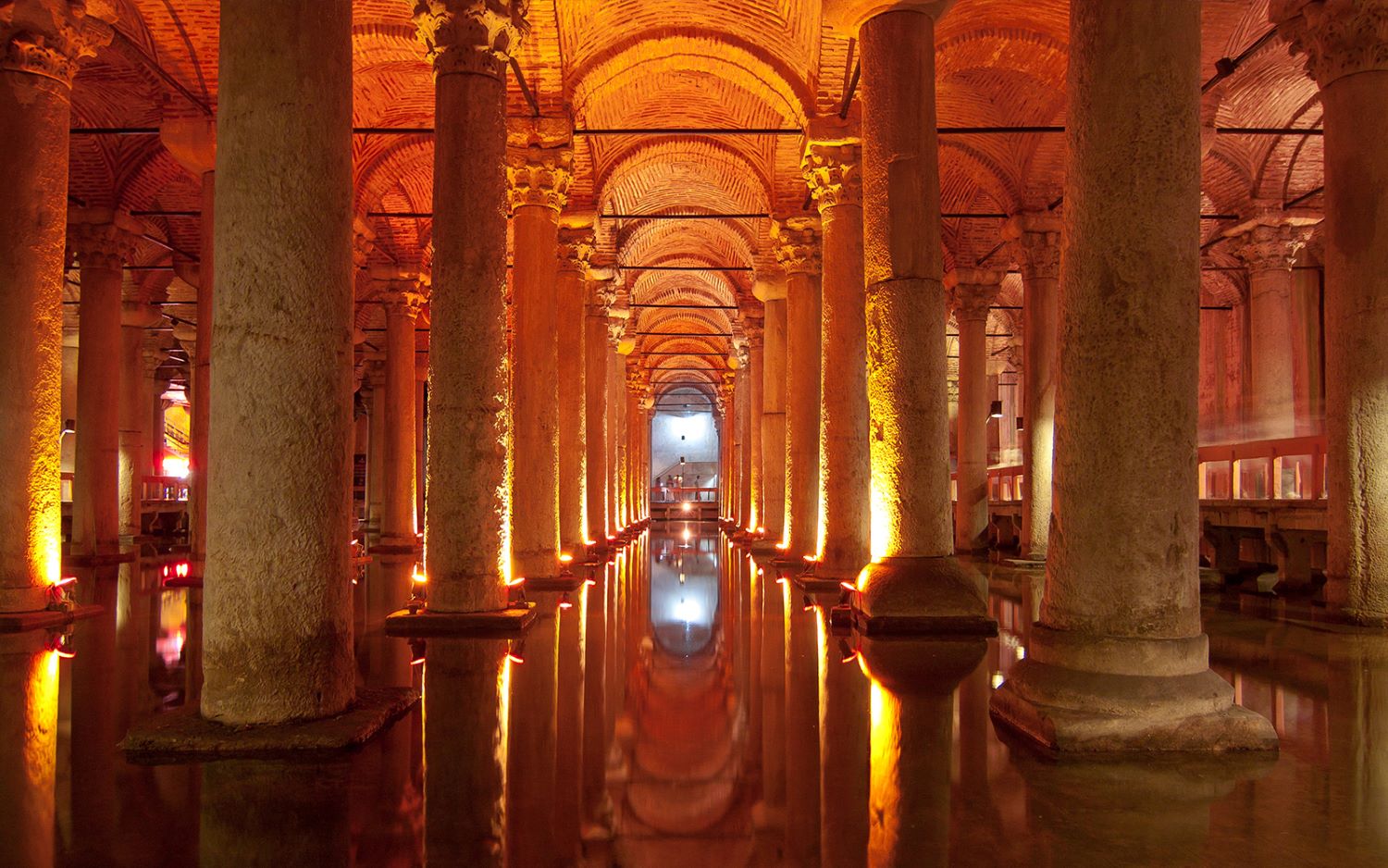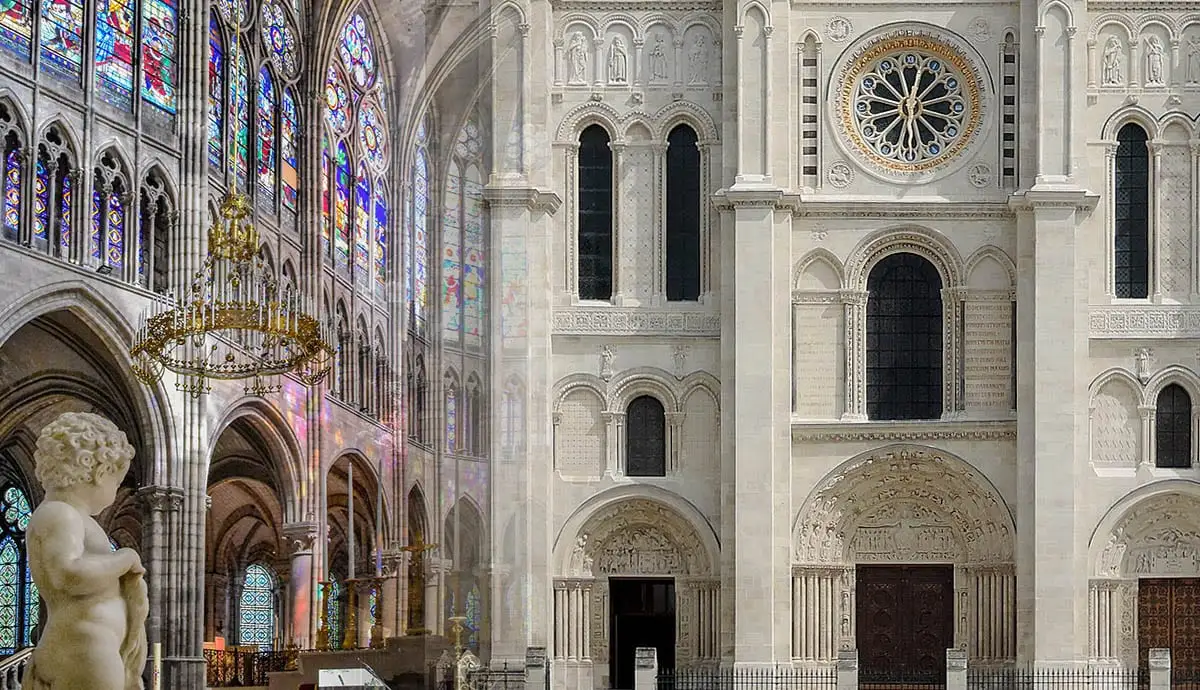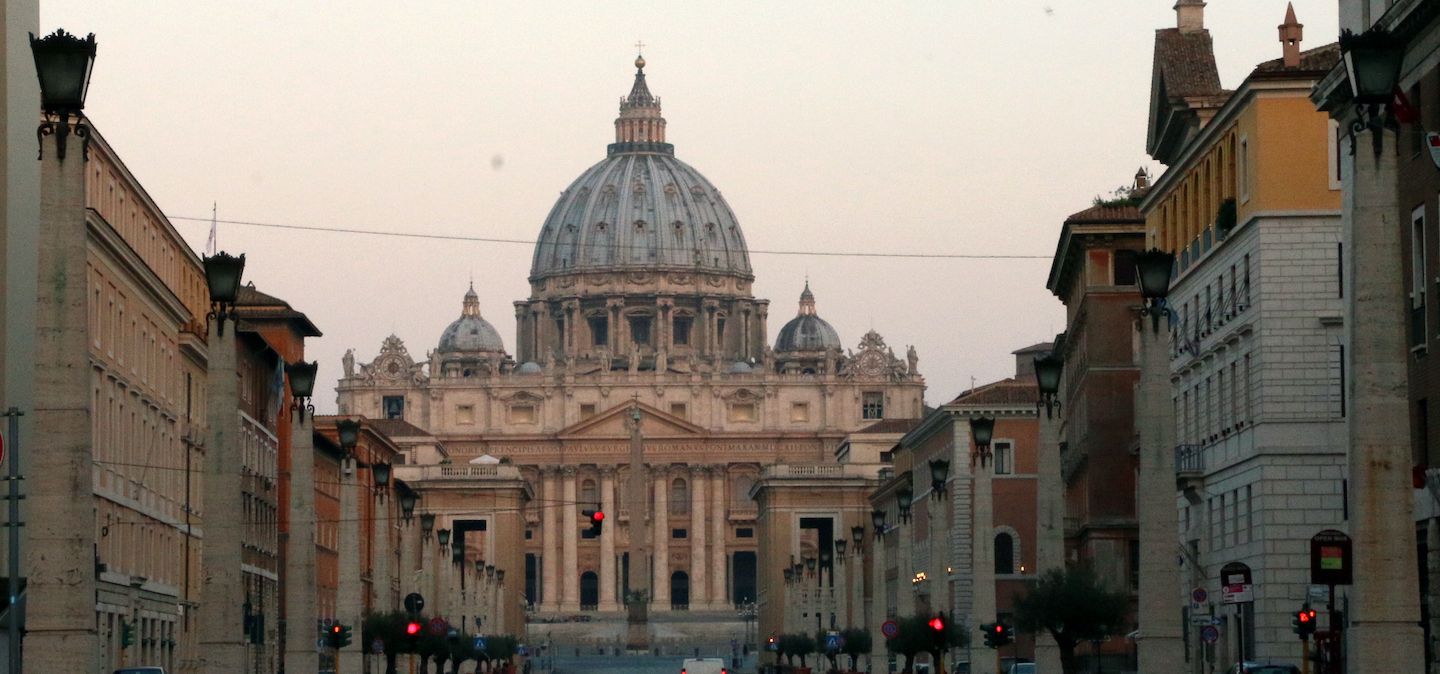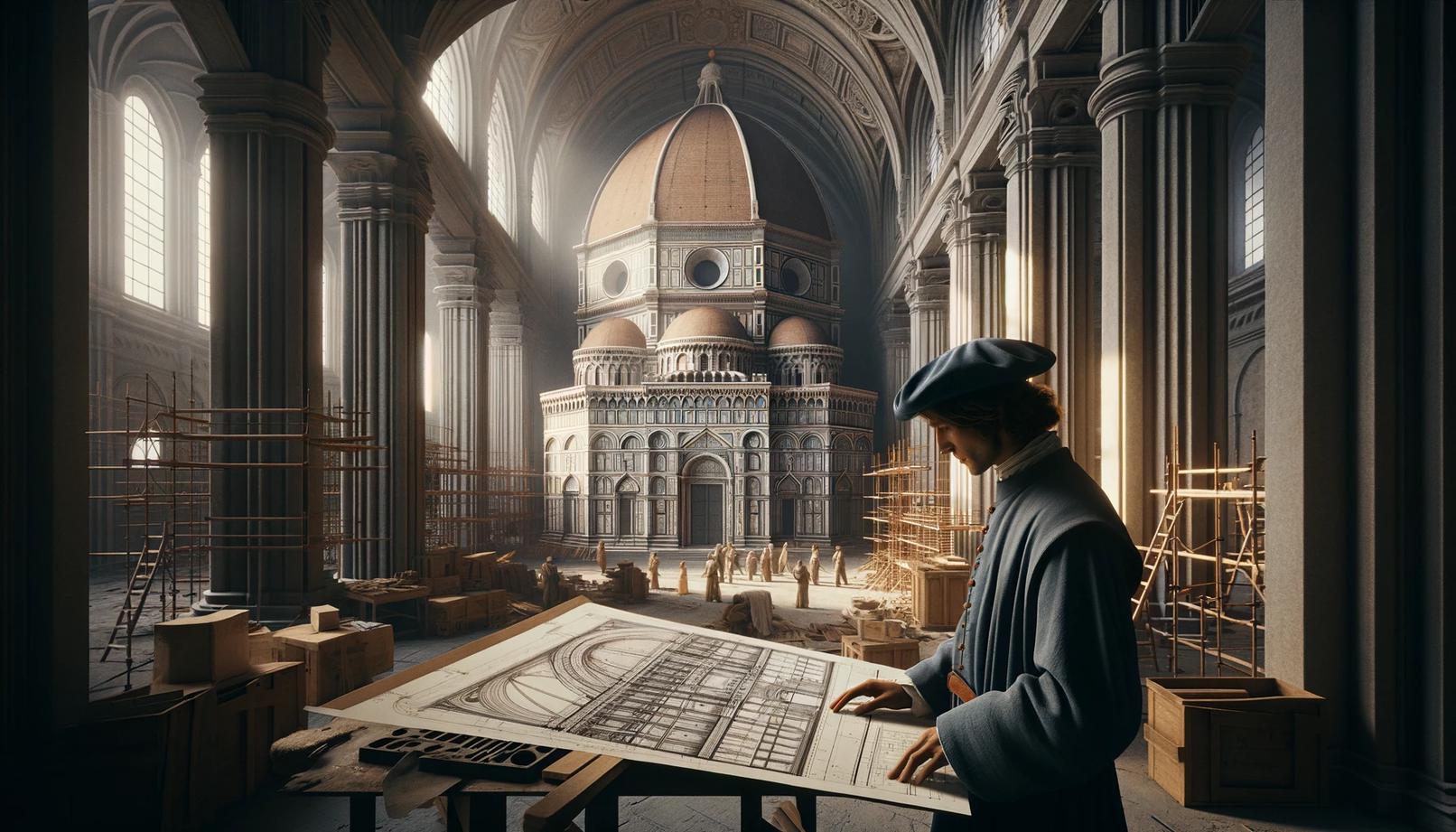Home>Arts and Culture>Who Built The Basilica Cistern
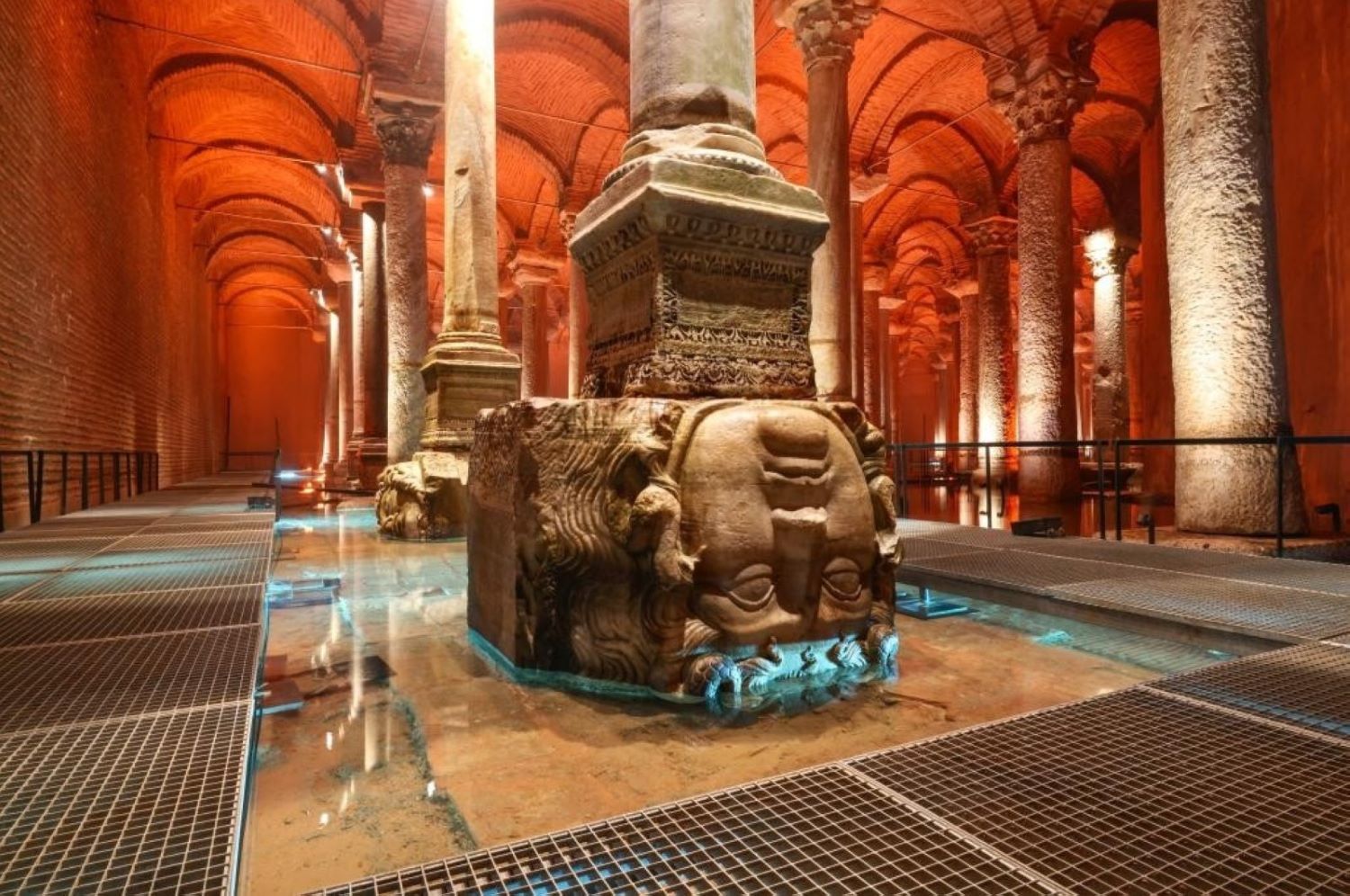

Arts and Culture
Who Built The Basilica Cistern
Published: February 10, 2024
Peter Smith, Editorial Director at Christian.net, combines deep insights into faith, politics, and culture to lead content creation that resonates widely. Awarded for his contributions to religious discourse, he previously headed a major organization for religious communicators, enhancing dialogue on faith's societal impacts.
Discover the history and architecture of the Basilica Cistern, a remarkable ancient structure in Istanbul. Learn about the engineering marvels and cultural significance of this iconic site. Explore the arts and culture of the Byzantine era.
(Many of the links in this article redirect to a specific reviewed product. Your purchase of these products through affiliate links helps to generate commission for Christian.net, at no extra cost. Learn more)
Table of Contents
Introduction
The Basilica Cistern, also known as the "Yerebatan Sarnıcı" in Turkish, is a mesmerizing subterranean wonder located in the heart of Istanbul, Turkey. This ancient underground reservoir has captivated visitors for centuries with its intriguing history, remarkable architecture, and enigmatic ambiance. As one descends into the depths of the cistern, a sense of awe and mystery envelops the senses, transporting visitors to a bygone era shrouded in legends and secrets.
The Basilica Cistern stands as a testament to the ingenuity and craftsmanship of the ancient civilizations that once thrived in Constantinople, the former name of Istanbul. Its sheer magnitude and the ethereal beauty of its columns and arches leave an indelible impression on all who venture into its dimly lit chambers. This subterranean marvel has not only served as a vital water source for the city but has also become a symbol of Istanbul's rich historical tapestry, drawing inquisitive minds from around the globe.
As we delve into the history, construction, and architectural features of the Basilica Cistern, we will unravel the mysteries that shroud this extraordinary structure. Moreover, we will explore the meticulous restoration efforts that have preserved its grandeur for present and future generations to admire and cherish. Join us on this captivating journey through time and discover the allure of the Basilica Cistern, a hidden gem nestled beneath the bustling streets of Istanbul.
Read more: Who Built The Basilica Of Maxentius
History of the Basilica Cistern
The history of the Basilica Cistern is steeped in the annals of ancient Constantinople, offering a glimpse into the engineering marvels and strategic importance of water management in the Byzantine Empire. Constructed during the reign of Emperor Justinian I in the 6th century, the cistern was designed to provide a sustainable water supply to the Great Palace and other structures in the city. Its name, "Basilica Cistern," is derived from the nearby Stoa Basilica, a public square that once stood above it.
The cistern's construction was a monumental undertaking, involving the labor of countless workers who toiled to create an underground reservoir capable of storing vast quantities of water. Its strategic location near the Hagia Sophia and the Hippodrome underscored its significance in supplying water to the imperial complex and the surrounding areas, ensuring the city's resilience during times of siege or scarcity.
Throughout its storied past, the Basilica Cistern has witnessed the ebb and flow of empires, surviving periods of neglect and restoration. Its resilience is a testament to the enduring legacy of Byzantine engineering and the enduring value placed on water resources in sustaining urban life. Over the centuries, the cistern has withstood the ravages of time, bearing witness to the rise and fall of civilizations while remaining a silent sentinel beneath the bustling streets of Istanbul.
The cistern's historical significance extends beyond its utilitarian function, as it has also been immortalized in literature and popular culture. Its haunting beauty and mysterious ambiance have inspired countless artists, writers, and filmmakers, adding to its allure as a cultural icon. From the evocative descriptions in the works of renowned travelers to its prominent portrayal in blockbuster movies, the Basilica Cistern has transcended its role as a mere water reservoir to become a symbol of Istanbul's rich heritage and enigmatic charm.
As we delve deeper into the history of the Basilica Cistern, we unravel the layers of time that have shaped its identity, from its origins as a vital water source to its enduring legacy as a timeless architectural marvel. Join us as we embark on a journey through the annals of history, where the echoes of the past resonate within the hallowed chambers of this subterranean masterpiece.
Construction of the Basilica Cistern
The construction of the Basilica Cistern stands as a testament to the remarkable engineering prowess of the Byzantine Empire during the reign of Emperor Justinian I in the 6th century. The ambitious project involved the excavation of an immense underground space to create a reservoir capable of storing vast quantities of water. The cistern's location, strategically positioned near the Great Palace and other key structures, underscored its vital role in providing a sustainable water supply to the heart of Constantinople.
The sheer scale of the undertaking is awe-inspiring, with the cistern boasting an impressive capacity of over 80,000 cubic meters, equivalent to nearly 20 million gallons of water. The construction process involved meticulous planning and precise execution, as skilled laborers worked tirelessly to carve out the underground chamber from the earth and reinforce it with sturdy materials to ensure its longevity.
The architects and engineers employed innovative techniques to create the cistern's iconic forest of columns, which support the vaulted ceilings and lend an ethereal ambiance to the subterranean space. The columns, numbering 336 in total, were sourced from various ancient structures, showcasing the resourcefulness of the builders in repurposing existing materials to construct this monumental reservoir.
The cistern's roof, composed of massive slabs of stone, was ingeniously designed to withstand the weight of the earth and the structures above, a testament to the structural ingenuity of the Byzantine craftsmen. The precision and craftsmanship evident in the construction of the Basilica Cistern reflect the empire's commitment to creating enduring infrastructure that would serve future generations.
The labor-intensive construction process, coupled with the innovative architectural features, speaks to the dedication and expertise of the craftsmen and laborers who contributed to the realization of this monumental project. Their collective efforts culminated in the creation of a subterranean marvel that has stood the test of time, bearing witness to the passage of centuries while retaining its enigmatic allure.
As visitors descend into the dimly lit chambers of the Basilica Cistern, they are transported back in time, marveling at the architectural prowess and sheer magnitude of the ancient reservoir. The construction of this subterranean wonder remains a testament to the enduring legacy of Byzantine engineering and the timeless allure of Istanbul's hidden treasures.
Architectural Features of the Basilica Cistern
The Basilica Cistern, an architectural marvel nestled beneath the bustling streets of Istanbul, boasts a myriad of captivating features that have enthralled visitors for centuries. As one ventures into the dimly lit chambers of this subterranean reservoir, a sense of wonder and awe permeates the air, heightened by the remarkable architectural elements that define this ancient structure.
The most striking feature of the Basilica Cistern is its forest of columns, which creates a mesmerizing visual spectacle and imparts a sense of ethereal grandeur to the subterranean space. A total of 336 columns, meticulously arranged in rows, support the vaulted ceilings of the cistern, evoking a sense of timelessness and architectural splendor. These columns, varying in style and material, were sourced from diverse ancient structures, reflecting the resourcefulness of the builders in repurposing existing materials to construct this monumental reservoir.
Among the columns, two stand out for their unique design and historical significance. The bases of these columns are adorned with intricately carved Medusa heads, adding an enigmatic and mythical allure to the cistern. The origin of these Medusa heads remains shrouded in mystery, fueling speculation and fascination among visitors as they ponder the symbolism and purpose behind these ancient relics.
The cistern's roof, composed of massive slabs of stone, showcases the structural ingenuity of the Byzantine craftsmen. The carefully constructed vaulted ceilings, supported by the columns, create a sense of spaciousness and grandeur within the underground chamber. The interplay of light and shadow, coupled with the reflective waters below, adds to the enchanting ambiance of the cistern, casting a spellbinding aura over all who venture into its depths.
The watery expanse within the cistern, once filled with life-sustaining water, now serves as a captivating reflection pool, mirroring the architectural splendor above and imbuing the space with a sense of tranquility and mystique. Visitors are greeted by the gentle ripples on the water's surface, further enhancing the otherworldly atmosphere of the subterranean sanctuary.
As one navigates the labyrinthine pathways of the Basilica Cistern, the interplay of architectural elements, from the towering columns to the vaulted ceilings and the tranquil waters below, coalesces to create an immersive experience that transcends time and captivates the imagination. The architectural features of the Basilica Cistern stand as a testament to the enduring legacy of Byzantine craftsmanship and the timeless allure of Istanbul's hidden treasures.
Restoration and Preservation of the Basilica Cistern
The Basilica Cistern, a timeless testament to the ingenuity of ancient civilizations, has undergone meticulous restoration and preservation efforts to safeguard its architectural grandeur for present and future generations. Over the centuries, the cistern has weathered the passage of time, facing challenges posed by environmental factors, neglect, and the inevitable wear and tear associated with its age. Recognizing the historical and cultural significance of this subterranean marvel, concerted initiatives have been undertaken to ensure its preservation as a living link to Istanbul's rich heritage.
The restoration efforts, undertaken at various intervals, have aimed to address structural integrity, conservation of architectural elements, and the overall maintenance of the cistern's evocative ambiance. Expert craftsmen and conservationists have meticulously worked to repair and reinforce the ancient structure, employing traditional techniques and modern methodologies to uphold its historical authenticity while enhancing its resilience.
One of the pivotal restoration projects took place in the mid-20th century, spearheaded by the Turkish Ministry of Culture and Tourism. This comprehensive endeavor focused on stabilizing the cistern's foundations, repairing the vaulted ceilings, and addressing water infiltration issues to mitigate potential damage. The restoration team's dedication to preserving the cistern's original character while ensuring its structural soundness exemplifies the unwavering commitment to safeguarding Istanbul's cultural treasures.
In addition to structural interventions, conservation efforts have been directed towards preserving the cistern's iconic architectural features, including the ancient columns and the enigmatic Medusa heads. Delicate cleaning and conservation techniques have been employed to protect these historical artifacts, allowing visitors to marvel at their intricate details and mythical allure for generations to come.
Furthermore, ongoing maintenance and monitoring initiatives have been implemented to uphold the cistern's pristine condition and safeguard it from environmental factors and human impact. These measures encompass regular inspections, climate control systems, and the implementation of visitor guidelines to ensure the cistern's long-term preservation as a living testament to Istanbul's rich historical narrative.
The restoration and preservation of the Basilica Cistern stand as a testament to the unwavering dedication to safeguarding the cultural heritage of Istanbul. Through these concerted efforts, the cistern continues to enchant visitors with its timeless allure, inviting them to immerse themselves in the captivating legacy of this subterranean wonder.
Read more: When Will The Basilica Cistern Open
Conclusion
In conclusion, the Basilica Cistern stands as a timeless testament to the ingenuity, artistry, and resilience of ancient civilizations, offering a captivating glimpse into the architectural splendor and historical significance of Istanbul's subterranean treasures. From its origins as a vital water source in the heart of Constantinople to its enduring legacy as a cultural icon, the cistern has transcended the boundaries of time, captivating the imagination of visitors from around the world.
The history of the Basilica Cistern, steeped in the annals of the Byzantine Empire, reflects the strategic importance placed on water management and urban resilience. Constructed during the reign of Emperor Justinian I in the 6th century, the cistern served as a lifeline for the imperial complex and the surrounding areas, embodying the empire's commitment to sustainable infrastructure and resource management.
The construction of the Basilica Cistern stands as a testament to the remarkable engineering prowess of the Byzantine craftsmen, who undertook the monumental task of creating an underground reservoir of immense scale and architectural grandeur. The meticulous planning, innovative techniques, and structural ingenuity evident in the cistern's design reflect the empire's dedication to creating enduring infrastructure that would withstand the test of time.
The architectural features of the Basilica Cistern, from its iconic forest of columns to the enigmatic Medusa heads and the tranquil reflection pool, coalesce to create an immersive experience that transcends time and captivates the senses. The interplay of light and shadow, coupled with the ethereal ambiance of the subterranean sanctuary, leaves an indelible impression on all who venture into its hallowed chambers.
Moreover, the meticulous restoration and preservation efforts undertaken to safeguard the cistern's architectural grandeur exemplify the unwavering commitment to preserving Istanbul's cultural heritage. Through these concerted initiatives, the cistern continues to enchant visitors with its timeless allure, inviting them to immerse themselves in the captivating legacy of this subterranean wonder.
As visitors emerge from the dimly lit chambers of the Basilica Cistern, they carry with them not only the memories of an awe-inspiring journey through time but also a profound appreciation for the enduring legacy of human creativity and ingenuity. The cistern's enigmatic charm and historical significance serve as a poignant reminder of the timeless treasures that lie beneath the bustling streets of Istanbul, beckoning curious souls to uncover the mysteries that dwell within its ancient depths.
